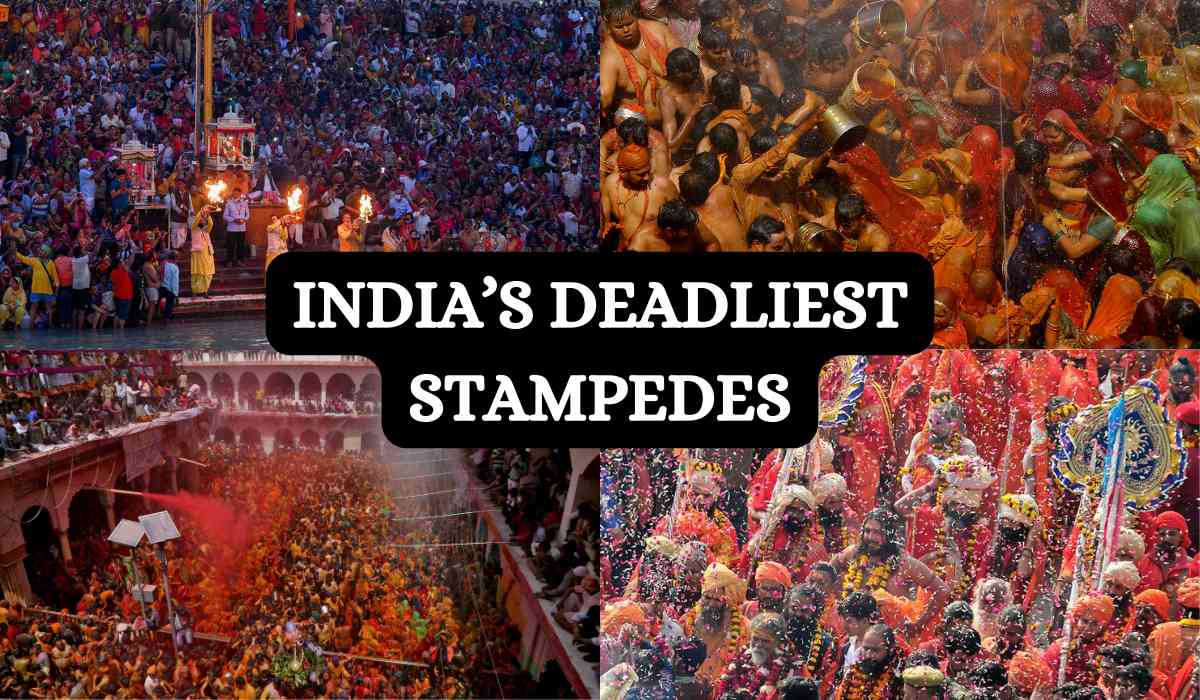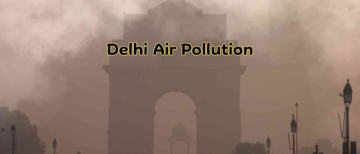A tragic stampede occurred during a religious gathering in Hathras, Uttar Pradesh, resulting in at least 121 deaths and 28 injuries on 2nd July, Tuesday. The incident happened as people were departing a "Satsang" led by spiritual leader "Bhole Baba" in Phulrai village. Severe suffocation and a pile-up of bodies marked the tragedy, one of the worst in recent years.

The event, organized by "Suraj Pal", also known as "Narayan Sakar Hari" or "Bhole Baba", exceeded the authorized attendance limit. While permission was granted for 80,000 attendees, over 250,000 people were present. An FIR has been filed against the organizers under Sections 105, 110, 126 (2), 223, and 238 of the Bharatiya Nyaya Sanhita (BNS).
A high-level committee, chaired by the Additional Director-General of Police, Agra, and the Aligarh Commissioner, has been formed to investigate the incident. Most of the casualties were women, with only seven children and one man among the victims. The stampede occurred around 3:30 pm as Bhole Baba was leaving the venue.
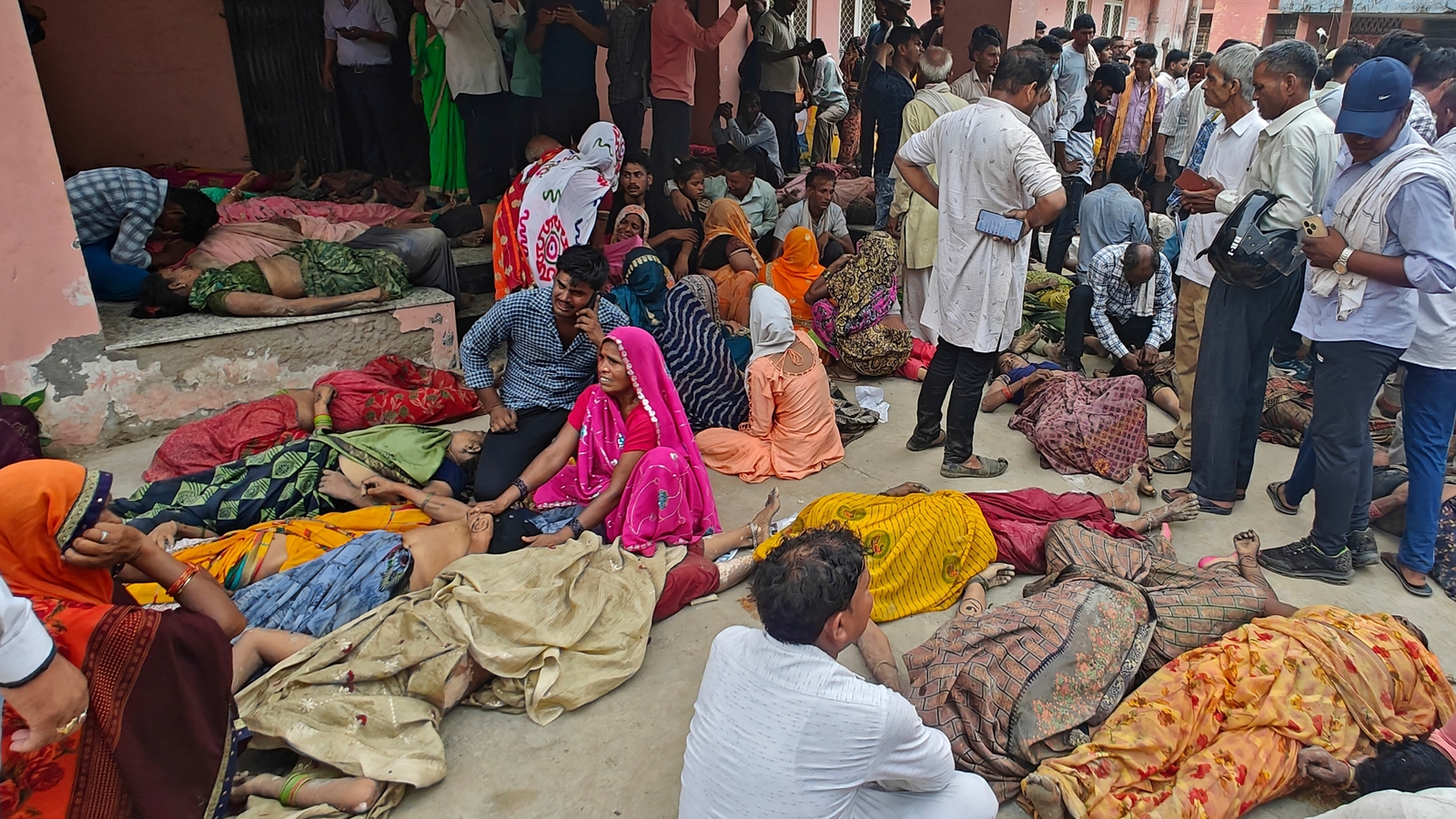
Over the years, India has witnessed several tragic stampedes, primarily during religious festivals or events. Here is a detailed account of some major incidents:
- January 25, 2005
Death Toll: 265
Place: Wai Town, Maharashtra
At the Mandhardevi temple in Wai town, Maharashtra, a devastating stampede claimed the lives of over 265 devotees and injured several hundred others. The chaos was sparked by slippery steps leading to the temple, which caused many to fall and triggered the deadly rush.
- August 3, 2008
Death Toll: 162
Place: Naina Devi Temple, Himachal Pradesh
A stampede at the Naina Devi temple, situated atop a mountain in Himachal Pradesh, resulted in the deaths of around 145 Hindu pilgrims. The incident was caused by rumors of a landslide, which led to panic among the devotees.
- September 30, 2008
Death Toll: 250
Place: Chamundagar Temple, Rajasthan
In Rajasthan’s northern desert region, a stampede at the Chamundagar temple during the Navratri festival led to the tragic deaths of 250 pilgrims. The festival, dedicated to the Goddess Durga, saw a massive gathering that turned fatal due to the uncontrollable crowd.
- March 4, 2010
Death Toll: 63
Place: Ram Janki Temple, Pratapgarh District, UP
A stampede at the Ram Janki temple in Uttar Pradesh resulted in at least 63 fatalities, with a significant number of the victims being children. The disaster occurred as a large crowd rushed to collect free food and clothing.
- February 10, 2013
Death Toll: 36
Place: Kumbh Mela, Prayagraj, UP
During the Kumbh Mela in Uttar Pradesh, a stampede led to the deaths of at least 36 Hindu devotees, including 27 women and an eight-year-old girl. The event, which attracted over 100 million pilgrims over two months, saw the resignation of Azam Khan, the then cabinet minister, who accepted moral responsibility as the head of the Kumbh Mela Management Committee.
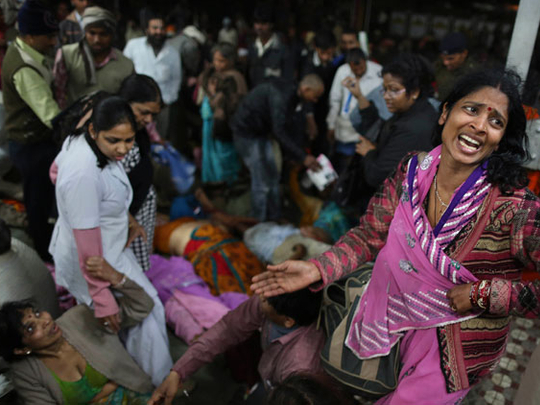
- October 13, 2013
Death Toll: 115
Place: Ratangarh Temple, Madhya Pradesh
A stampede at the Ratangarh temple in Madhya Pradesh claimed 115 lives and injured over a hundred people. The incident occurred during the Navratri festival when more than 150,000 devotees had gathered.
- July 14, 2015
Death Toll: 27
Place: Rajahmundry, Andhra Pradesh
A tragic stampede at a major bathing site along the Godavari River in Rajahmundry, Andhra Pradesh, resulted in 27 fatalities. This occurred during the Godavari Maha Pushkaram, a significant 12-day Hindu festival held once every 144 years.
- September 29, 2017
Death Toll: 23
Place: Elphinstone Road Railway Station, Mumbai
A stampede at Mumbai’s Elphinstone Road suburban railway station during the morning rush hour led to the deaths of at least 23 individuals and injured 39 others. The narrow foot overbridge was crowded with office commuters, and the situation worsened when some passengers slipped and fell after the rain, triggering the stampede.
- January 1, 2022
Death Toll: 12
Place: Vaishno Devi Temple, Jammu
A stampede at the Vaishno Devi temple in Jammu and Kashmir resulted in at least 12 fatalities and numerous injuries. The incident occurred as a large crowd of devotees attempted to enter the shrine through its narrow passageway.
- August 27, 2003
Death Toll: 39
Place: Kumbh Mela, Nashik, Maharashtra
During the Kumbh Mela in Nashik, Maharashtra, a stampede led to the deaths of 39 people and injured 140 others.
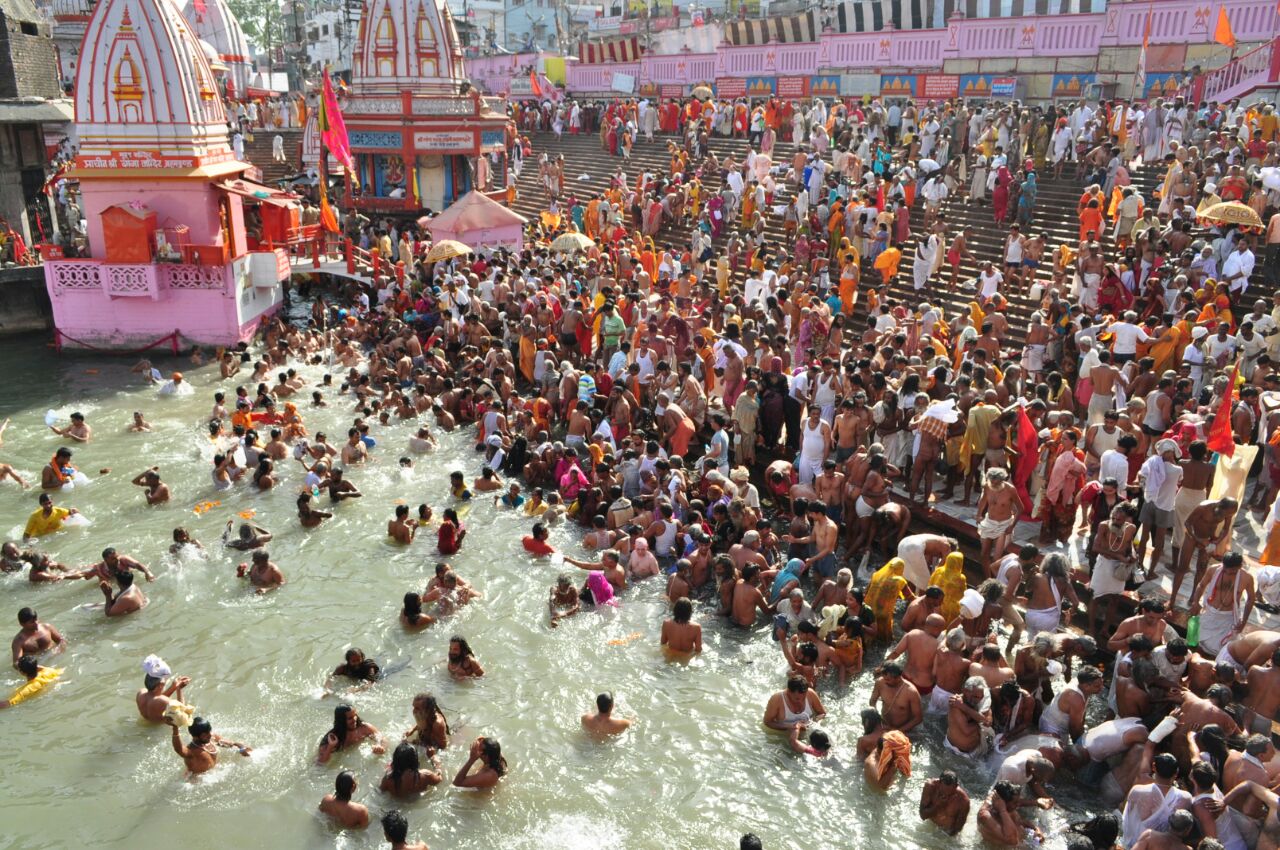
- January 15, 2011
Death Toll: 104
Place: Pulmedu, Kerala
At least 104 Sabarimala devotees were killed and over 40 injured in a stampede when a jeep crashed into homebound pilgrims at Pulmedu in Kerala's Idukki district.
- November 8, 2011
Death Toll: 20
Place: Har-ki-Pauri, Ganga Ghat, Haridwar, Uttarakhand
A stampede at Har-ki-Pauri at Ganga Ghat in Haridwar, Uttarakhand, resulted in the deaths of 20 people.
- November 19, 2012
Death Toll: 20
Place: Adalat Ghat, Patna
A makeshift bridge collapse at Adalat Ghat in Patna caused the deaths of 20 people.
- October 3, 2014
Death Toll: 30
Place: Gandhi Maidan, Patna
A stampede at Gandhi Maidan in Patna led to the deaths of 30 people and injured 26 others.
- March 31, 2023
Death Toll: 36
Place: Indore, Madhya Pradesh
During the Ram Navami celebrations in Indore, Madhya Pradesh, a stampede resulted in the deaths of 36 people.
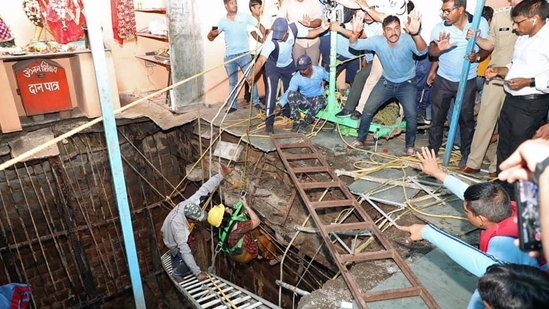
Mass gatherings, such as concerts, festivals, and sporting events, bring together large crowds, creating an exciting yet potentially hazardous environment. One of the primary risks at such events is the possibility of stampedes, which can result in severe injuries or even fatalities.
To safeguard attendees, it is essential to implement these seven safety measures:
- Control the Crowd Flow
Effective crowd management is essential to prevent stampedes. Organizers should design entry and exit points to facilitate smooth movement. Barriers and signage should guide the crowd and prevent bottlenecks. Strategically placed security personnel can monitor crowd behavior and manage surges. Staging points, both physical and virtual, should be established, equipped with facilities for rest, food, water, and hygiene.
- Monitor and Manage Capacity
Overcrowding is a leading cause of stampedes. Keeping attendee numbers within the venue's capacity is crucial. Pre-event ticket sales and entry monitoring can help maintain a safe number of participants. Understanding the venue's maximum capacity is vital to prevent overcrowding and ensure a safe environment.
- Communicate Clearly
Clear and consistent communication with attendees is vital. Utilize public address systems, digital screens, and signage to provide information about exits, emergency procedures, and event schedules. In an emergency, provide calm and clear instructions to prevent panic.
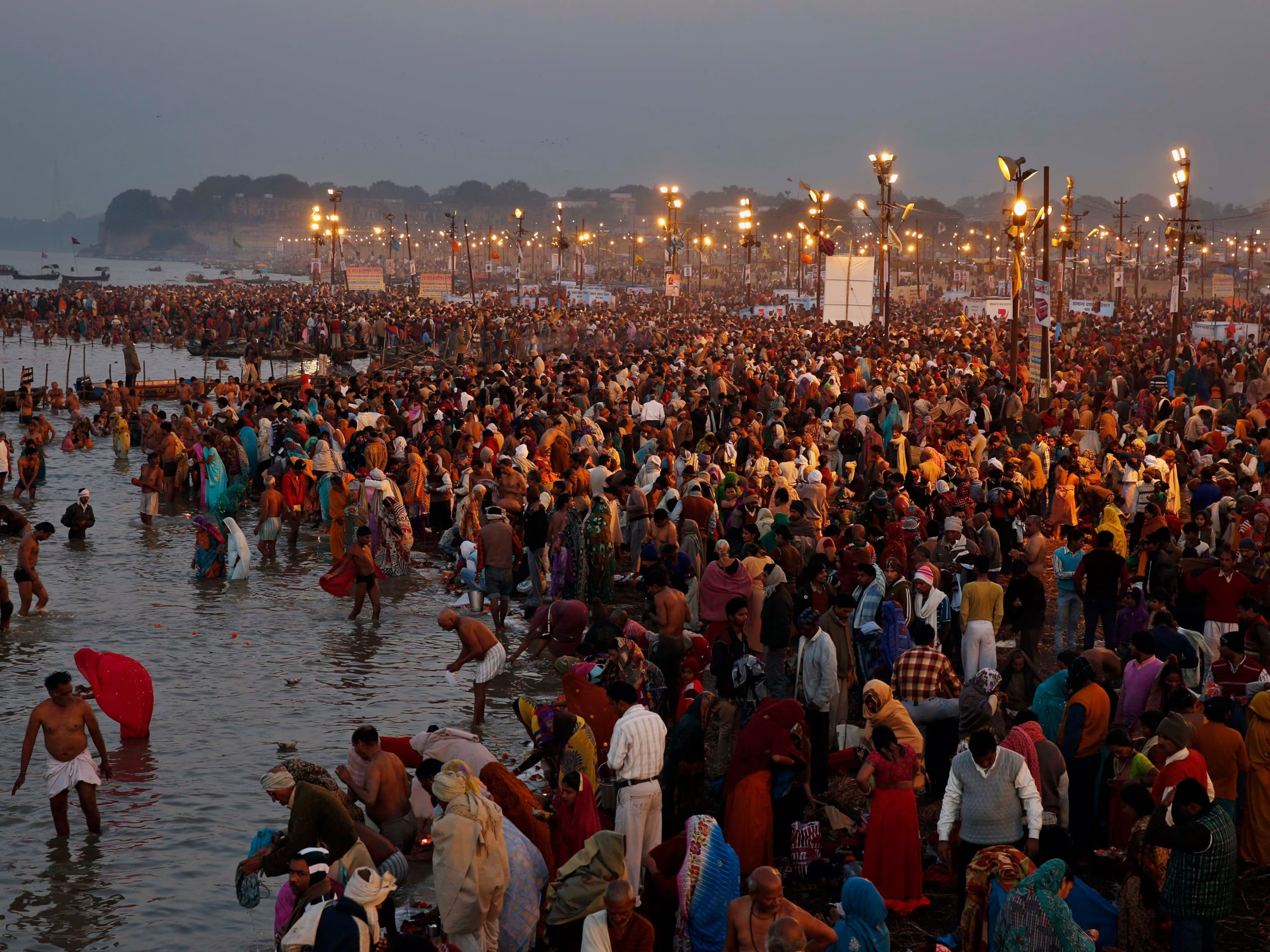
- Train and Equip Staff
Staff and security personnel must be well-trained in crowd management and emergency response. Regular drills should be conducted, and everyone should understand their roles in an emergency. Equip staff with radios and other communication tools to coordinate effectively during the event.
- Prepare for Emergencies
Having a comprehensive emergency plan is crucial. This plan should include protocols for crowd control, medical emergencies, and evacuation procedures. Ensure that sufficient medical personnel and first aid stations are on-site. Emergency exits should be clearly marked and easily accessible.
- Understand Crowd Behavior
Identifying and managing disruptive individuals is essential. Tactful and firm action should be taken to handle troublemakers without drawing undue attention from the general public. This helps maintain order and prevent escalation.
- Adopt a Stakeholder Approach
Event organizers and law enforcement agencies should collaborate with community stakeholders, such as NGOs, business associations, schools, neighborhood societies, and community committees. This collaborative approach ensures unity of purpose, quicker decision-making, better coordination, and a shared sense of responsibility.
By following these seven safety measures, event organizers can significantly reduce the risk of stampedes, ensuring a safe and enjoyable experience for all attendees. Prioritizing safety is crucial for the success of any mass gathering.
With inputs from agencies
Image Source: Multiple agencies
© Copyright 2024. All Rights Reserved Powered by Vygr Media.

